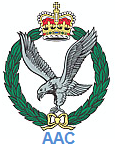
The Army Historic Aircraft Flight has added its fleet to the UK civil register as it endeavours to return the veteran aircraft of the Corps to the skies.
Following a year of administrative difficulties, the transfer of these aircraft from the Military Aviation Authority to the Civil Aviation Authority (CAA) register, under Permits to Fly, is the first stage in re-establishing the Flight under an independent charitable trust 'sponsored' by the Army Air Corps (AAC).
Major (Retd) George Bacon, who oversees air display activities for the AAC said "This is likely to be called the Historic Army Aircraft Flight and will be operated entirely under CAA regulations. There is a long road to travel here with issues relating to army governance, operations, training and forward financing. Sponsorship will be key, especially towards the cost of maintaining the aircraft."
The Flight's aircraft are:
Sud Aviation Alouette II XR379 (G-CICS)
Auster AOP9 XR244 (G-CICR)
DHC Beaver AL1 XP820 (G-CICP)
Westland Scout AH1 XT626 (G-CIBW)
Agusta-Bell Sioux AH1 XT131 (G-CICN)

Army Scout

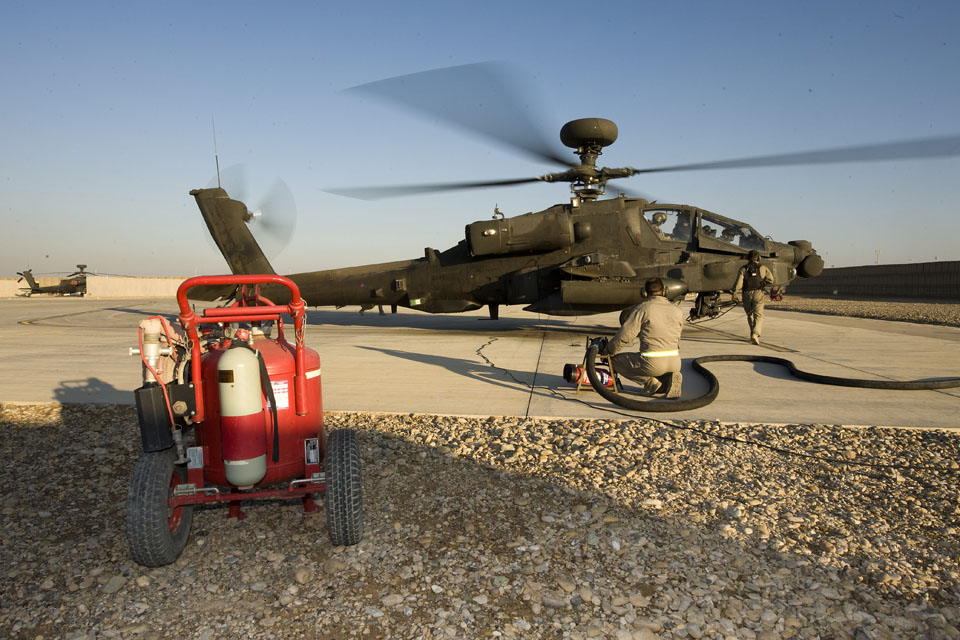
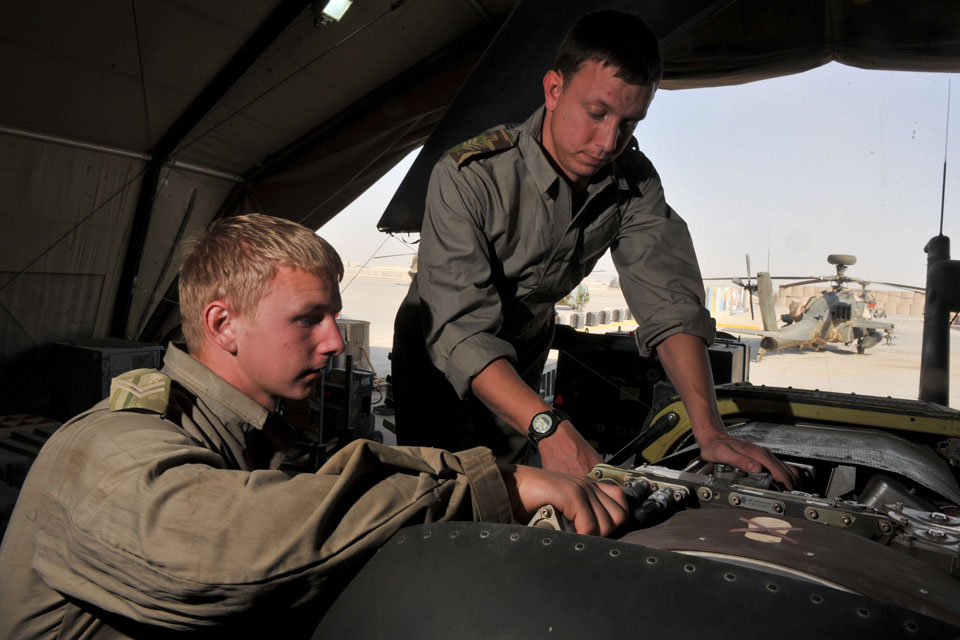
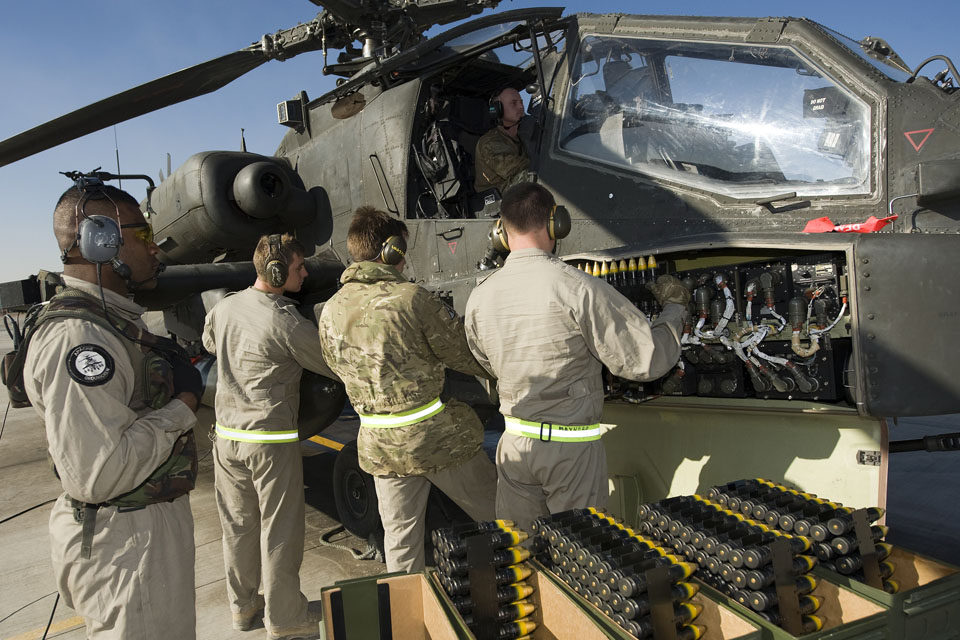




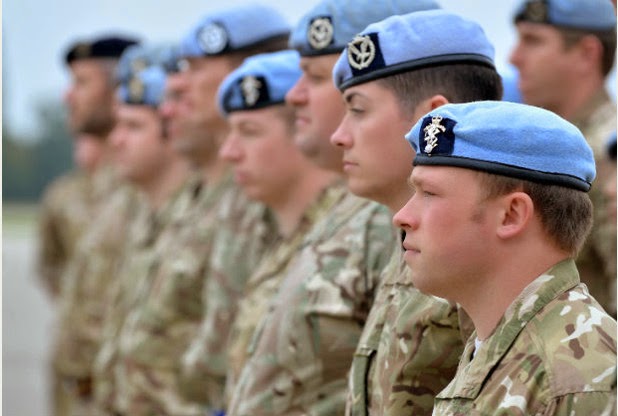

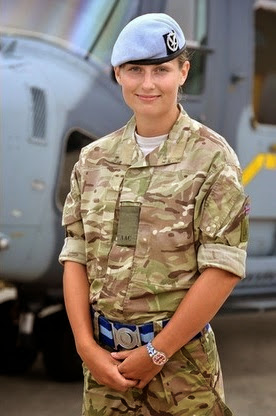
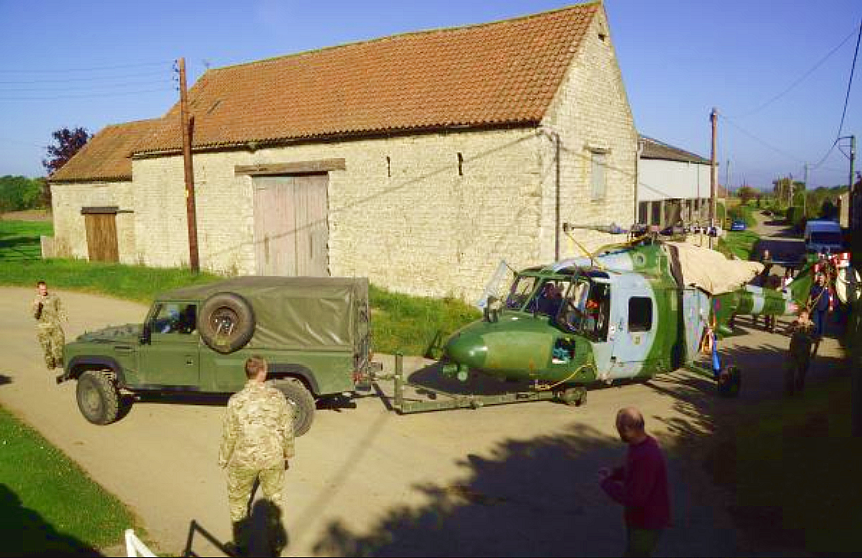


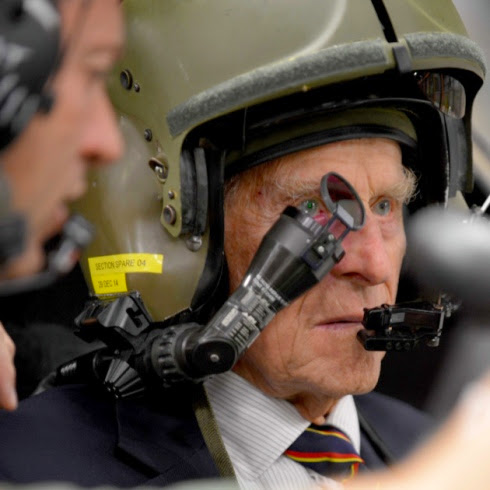

Comment